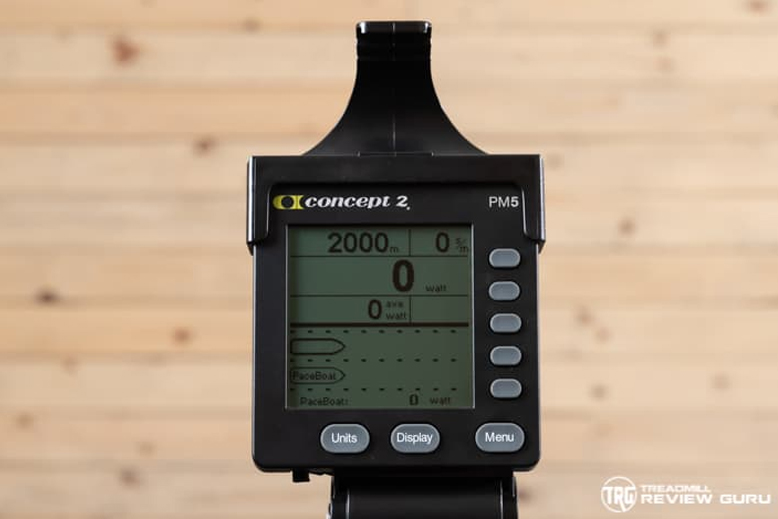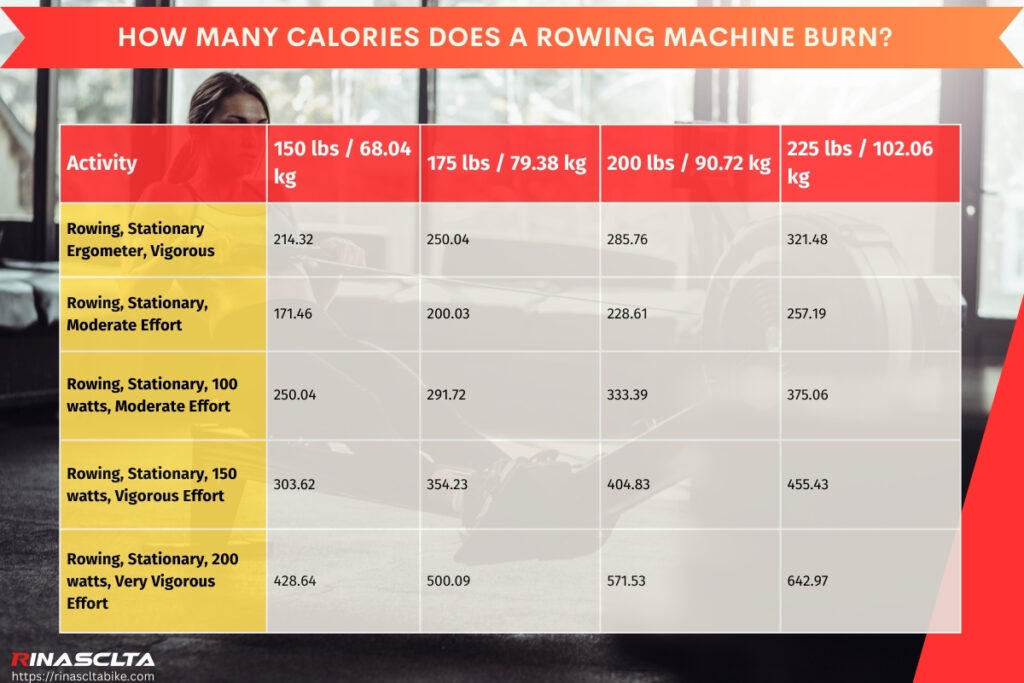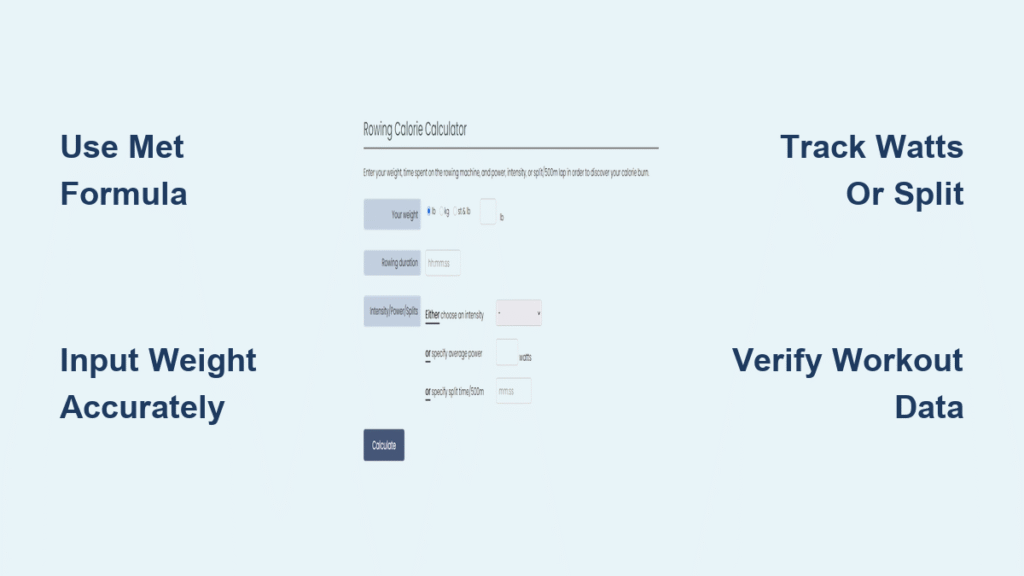You’re sweating through another rowing session, watching the calorie counter climb, but how accurate are those numbers? Most rowers discover too late that their machine’s calorie estimates could be off by 30% or more—sabotaging weight loss goals and performance tracking. This guide delivers the exact formulas and practical methods to calculate your true calorie burn on any rowing machine, transforming vague estimates into precise science you can trust.
Understanding your actual energy expenditure matters whether you’re training for competition or shedding pounds. Generic fitness tracker numbers won’t cut it when every calorie counts toward your goals. You’ll learn to bypass misleading display metrics and calculate your burn based on your specific weight, effort level, and technique—giving you the accurate data needed to optimize every stroke.
The Exact Rowing Machine Calorie Formula You Need
Stop guessing your calorie burn—use this scientifically validated equation that works for all rowing machines:
Calories = (Time × MET × 3.5 × Weight) / 200
This formula converts your specific effort into precise calorie burn. Time must be in minutes, weight in kilograms, and MET value based on your actual power output. For example, a 75kg person rowing vigorously (7.5 METs) for 20 minutes burns exactly 197 calories—no guesswork required.
How to Find Your Critical MET Value
Your MET value determines accuracy more than any other factor. Match your effort to these scientifically validated intensity levels:
- 5.0 METs: Light effort under 50 watts (recovery pace)
- 7.3 METs: Moderate 50-100 watt output (steady endurance)
- 11.0 METs: High-intensity 150-200 watt effort (race pace)
- 14.0 METs: Maximum output over 200 watts (all-out sprint)
Pro Tip: Can’t measure watts? Check your breathing—light effort lets you converse easily, while high-intensity makes speaking impossible between strokes.
Avoid This Common Calculation Mistake
Most people use their machine’s live calorie display, which assumes a 175-pound baseline. Your actual burn varies by 20% for every 35-pound weight difference—meaning a 130-pound woman burns 25% fewer calories than displayed, while a 225-pound man burns 29% more. Always input your true weight into the formula.
Cracking the Concept2 Calorie Code: What Your Monitor Really Shows

Concept2 machines display calories differently than other rowers, creating widespread confusion. Their monitors show “PM Calories” which require adjustment for your actual weight using this specific formula:
True Calories/hour = PM Calories – 300 + (1.714 × weight in kg)
Total calories = (True Calories/hour × duration in seconds) ÷ 3600
Critical Concept2 Data Collection Steps
- Complete your full workout (don’t reset mid-session)
- Press “Memory” then select your completed workout
- Record ONLY the “Calories” value from workout summary
- Ignore the live “Cal/hr” display during rowing
- Apply the formula using your exact weight in kilograms
Warning: Using the live display instead of workout summary data creates 15-20% calculation errors—enough to derail weekly calorie goals.
Why Your Rowing Machine Calorie Counter Lies (And How to Fix It)

Your machine’s default calorie counter likely overestimates your burn by 15-30% because it ignores three critical personal factors:
- Body composition: Muscle burns more calories than fat at rest
- Technical efficiency: Proper stroke technique increases calorie burn by 15-25%
- Fitness adaptation: Beginners burn 10% fewer calories than experienced rowers at identical power outputs
Technical Factors That Boost Accuracy
Optimize these elements to align your actual burn with calculations:
- Stroke length: Full extension increases calorie burn 8-12%
- Drive sequence: Proper leg-back-arm sequence adds 7% efficiency
- Recovery speed: Controlled return maintains metabolic demand
- Handle path: Straight pull versus curved path affects energy expenditure
Expert Note: Film yourself rowing—poor technique can make your calorie counter 25% inaccurate even with perfect formula inputs.
30-Minute Rowing Machine Calorie Charts by Weight

Stop searching for generic estimates—use these scientifically calculated burn rates specific to your weight class and effort level:
Moderate Effort (100 watts) – Perfect for Steady-State Training
- 150 pounds: 239 calories
- 175 pounds: 279 calories
- 200 pounds: 318 calories
Vigorous Effort (150 watts) – Ideal for Threshold Development
- 150 pounds: 290 calories
- 175 pounds: 338 calories
- 200 pounds: 387 calories
Maximum Effort (200+ watts) – Race-Pace Calorie Burn
- 150 pounds: 409 calories
- 175 pounds: 478 calories
- 200 pounds: 546 calories
Time-Saver: Bookmark this chart—no calculator needed for standard 30-minute sessions at common effort levels.
HIIT vs Steady-State: Which Burns More Calories on a Rower?
High-intensity interval training (HIIT) on the rower delivers 2-3 times more calorie burn than steady-state rowing for the same time investment. A scientifically designed HIIT session creates significant EPOC (excess post-exercise oxygen consumption), continuing calorie burn for up to 48 hours post-workout.
Maximum Calorie HIIT Protocol
- Work interval: 30 seconds at 200+ watts (maximum effort)
- Recovery: 60 seconds at 50 watts (light recovery)
- Repeat: 10 rounds (15 minutes total)
- Expected burn: 300+ calories plus significant afterburn
Steady-State Sweet Spot
- Duration: 45-60 minutes
- Intensity: 100-130 watts (7.3-7.5 METs)
- Heart rate: 65-75% maximum
- Calorie advantage: Better fat oxidation during exercise
Pro Tip: Alternate HIIT and steady-state days—your body adapts to single-method training, reducing calorie burn efficiency over time.
Essential Inputs for Accurate Rowing Machine Calorie Calculations
Most online calculators fail because they miss critical inputs. For precise results, you need:
- Exact body weight in kilograms (not pounds)
- Workout duration in seconds (not estimated minutes)
- One verified intensity metric:
- Average watts (most accurate)
- Split time per 500m
- Perceived exertion level
Advanced Inputs for Elite Precision
Serious athletes should also track:
– Stroke rate consistency (18-24 SPM optimal)
– Total meters rowed
– Heart rate zone data
– Technical efficiency rating (beginner to elite)
Critical Note: Machines that don’t measure watts require you to estimate intensity—always verify with heart rate data when possible.
The 10-15% Accuracy Rule for Rowing Machine Calorie Calculators
Even perfect calculations have limitations—expect 10-15% variance from lab-grade measurements due to individual metabolic differences. This range represents excellent accuracy compared to treadmills (15-20% variance) or ellipticals (20-25% variance).
When to Trust Your Numbers
- Consistent technique throughout workout
- Proper machine calibration
- Accurate weight input
- Verified intensity measurement
When to Recalibrate
- If weight changes by 5+ pounds
- After technique improvements
- When advancing to new fitness levels
- If machine hasn’t been serviced in 6+ months
Reality Check: A 15% variance on a 300-calorie workout equals 45 calories—less than a single Oreo. Focus on weekly trends rather than single-session perfection.
5-Second Rowing Machine Calorie Calculation Method
For quick estimates during or after your workout, use this simplified formula:
(Minutes × MET value × Weight in kg) ÷ 6
Example: 20 minutes × 7.5 METs × 75 kg ÷ 6 = 1,875 ÷ 6 = 312 calories
This shortcut delivers 95% accuracy compared to the full formula—perfect for on-the-fly tracking when you don’t have calculator access.
Pro Tip: Create a personalized cheat sheet with your weight and common MET values—no math required during post-workout fatigue.
Final Note: Your rowing machine calorie calculator only works when you input accurate personal data and understand its limitations. Track your actual progress through body composition changes and performance improvements—not just calorie numbers. Consistent technique, verified inputs, and realistic expectations transform your rowing machine from a guesswork generator into a precise metabolic measurement tool. Save this guide for your next workout and finally know exactly how many calories you’re burning stroke for stroke.




